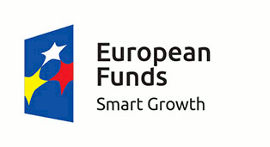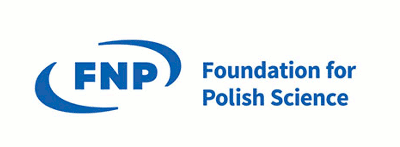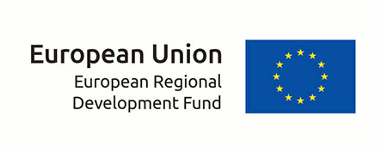01 March 2017 - PhD student B. Wasilewski and master's student W. Marciniak join the project.



01 March 2017 - PhD student B. Wasilewski and master's student W. Marciniak join the project.
10 March 2017 - video conference with collaborators from Uppsala University on the ongoing work
12 February 2017 - closing of the calls for proposals for master's and PhD student positions
The goal of the project is to develop a new generation of rare-earth free magnetic materials for application as permanent magnets. The selected materials are modeled at the atomic scale by the use of advanced quantum computational schemes called ab initio (or "from first principles"). The result of these calculations are the most significant technological parameters for hard magnetic materials, such as magnetization and magnetocrystalline anisotropy energy. The calculations for the whole concentration ranges and a wide group of dopants allow to predict the optimal compositions, which in a further step are experimentally synthesized and structurally and magnetically characterized. The experimental stage allows us to verify the theoretical predictions and to define the effect of micro-structure on the physical properties of the samples.
The research activities focusing on finding rare-earth free materials for permanent magnets make an important contribution in improving production cost of a vast array of electrical devices from power plants to headphones as well as in environmental protection around the world. The end result of the project will be to identify the most promising candidates for rare-earth free permanent magnets from the group of Fe-Co-B alloys. Furthermore, the elaborated improvement of theoretical understanding will subsequently allow to develop new strategies for the seeking of new permanent magnets.